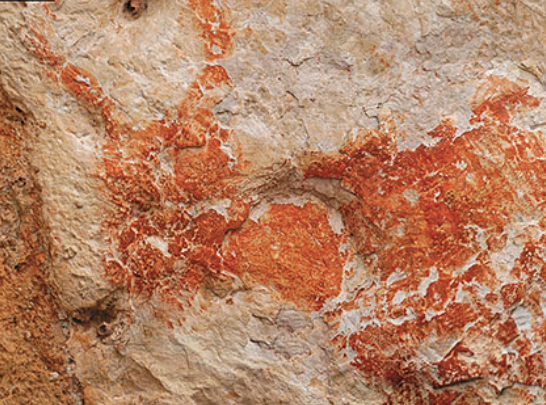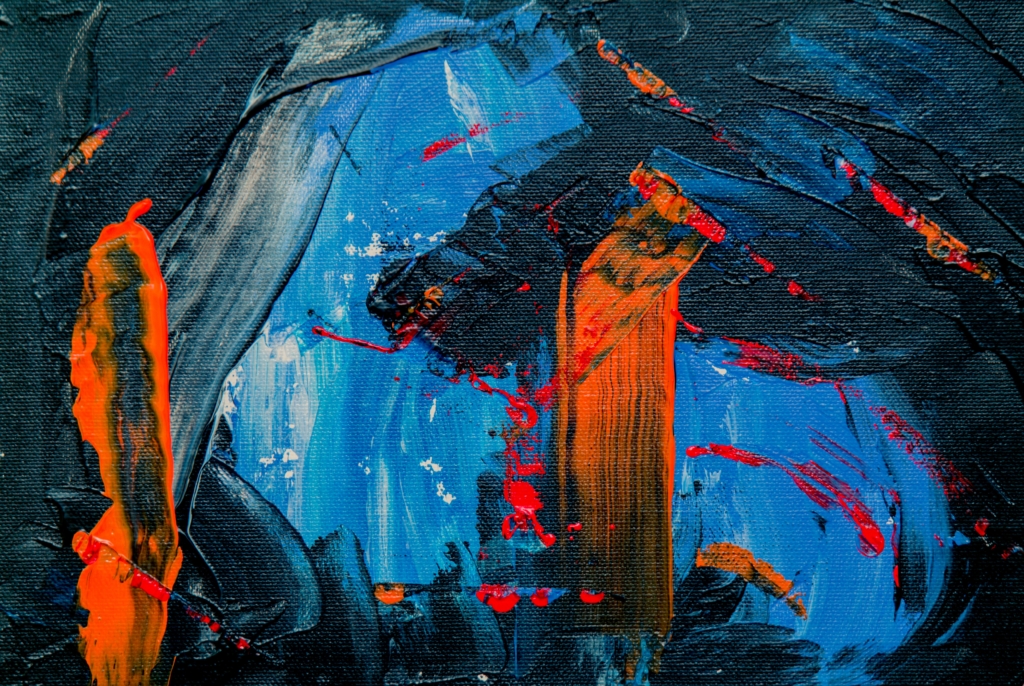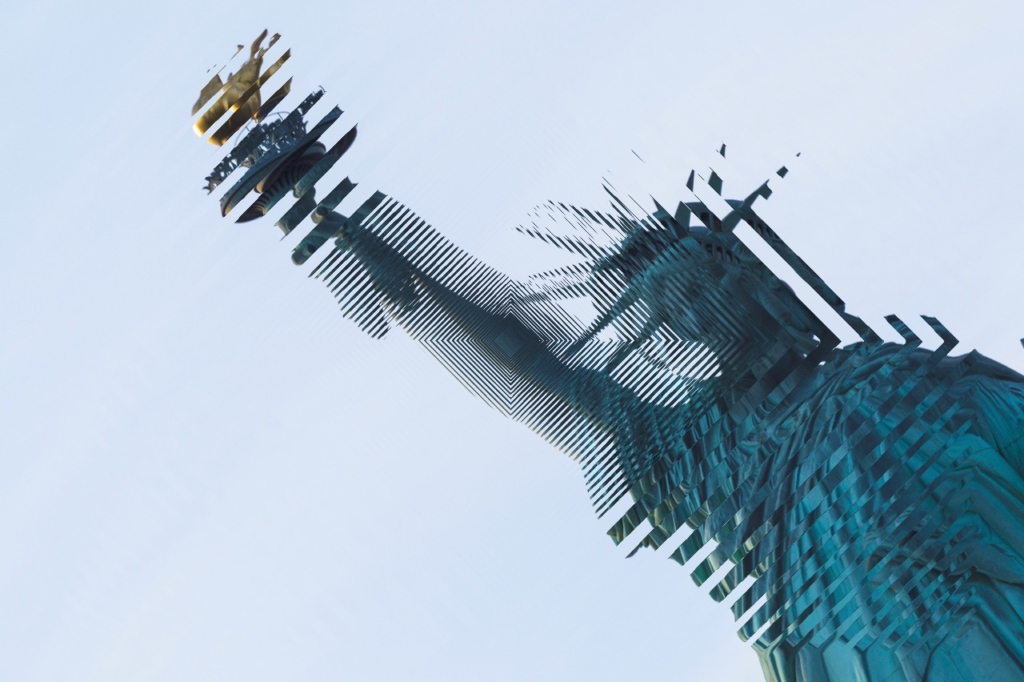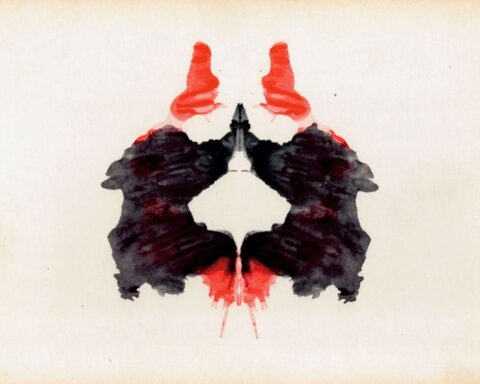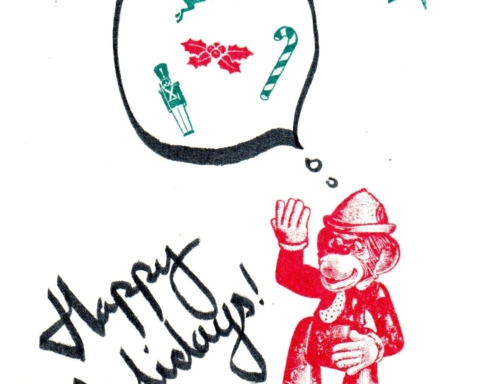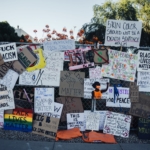“We want to know who those people were. We want to know how they lived. We want to know everything.” —Dr. Maxime Aubert
Even across 40,000 years, the ochre’s eloquent.
Haloed by breath, the hands stake claim. Death
has not erased all trace. How dense the doctors
if they must puzzle over motivation. It’s clear
enough: One spokesperson or many. One event
or many. The urge—not to stay forever unchanging
but to have one’s changing captured in stone.
To call out to the future and say, I understand. I also.
The upheavals of our kind may eddy us,
yet eventually we settle. Flowstone seeps
across relic, and we are fixed. Look.
I wave at you down the millennia. I draw
my spindly-legged animals. I do what I can.
READ MORE
In cave in Borneo jungle, scientists find oldest figurative painting in the world [The New York Times]
Interactive map of the Lubang Jeriji Saléh cave painting in Borneo [Le Kalimanthrope]
Devon Balwit‘s latest collection is “A Brief Way to Identify a Body,” (Ursus Americanus Press). Her individual poems can be found here as well as in journals such as The Cincinnati Review, apt, Posit, Cultural Weekly, Triggerfish, Fifth Wednesday, The Free State Review, Rattle, Rat’s Ass Review, etc.
Photograph of the Lubang Jeriji Saléh cave art from Le Kilamanthrope.

